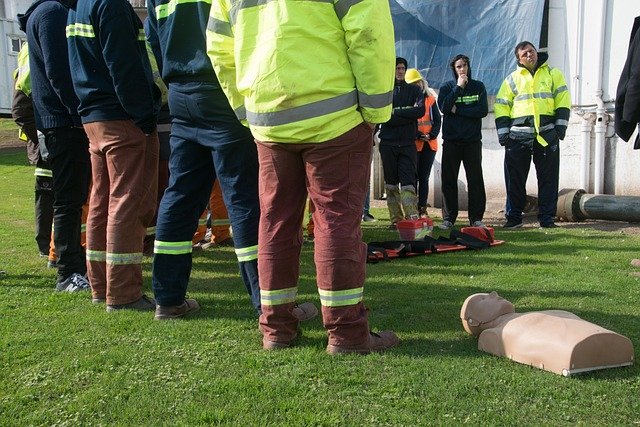Adoption readiness checklist: preparing a supportive home environment
Preparing your home before adopting an animal helps reduce stress for both you and your new companion. This short checklist covers practical aspects like safety, vaccination records, microchipping, basic training plans, and initial nutrition to set expectations and build a consistent routine.

Welcoming a new pet requires more than supplies; it involves creating a stable, supportive environment where an animal can learn, recover from past stress, and thrive. Before adoption day, consider how your living space and daily habits will support grooming needs, appropriate nutrition and hydration, and a predictable routine. Thoughtful preparation reduces behavioral setbacks and helps establish trust between you and the animal, whether you adopt a dog, cat, rabbit, or other companion.
How does grooming fit into a daily routine?
Grooming goes beyond appearance: it’s a chance to monitor skin, coat, ears, eyes, and dental health while strengthening your bond. Set a grooming schedule that fits your pet’s coat type and age — daily brushing for long-haired breeds, weekly checks for short coats — and pair sessions with calm praise or gentle treats. Include dental care in the routine by using approved brushes or wipes and checking teeth and gums regularly. Regular grooming also supports hydration and skin health by making you aware of changes that can indicate medical or nutritional issues.
What training and behavior supports help adjustment?
Basic training and consistent behavioral expectations reduce anxiety and prevent unwanted habits. Use short, frequent training sessions focusing on positive reinforcement to teach commands, leash manners, and house rules. Address separation anxiety gradually with brief departures and predictable return cues. Observe behavior for signs of stress—excessive vocalization, hiding, or destructive chewing—and consult trainers or behaviorists if patterns persist. Socialization plays into behavior training: controlled, positive experiences with people and other animals help build confidence and reduce fear responses over time.
How should nutrition, hydration, and dental care be planned?
Establish an age- and species-appropriate nutrition plan before adoption: discuss feeding schedules, portion sizes, and preferred food types with the shelter or rescue. Ensure fresh water is available at all times and monitor intake—hydration affects energy, digestion, and overall health. Arrange a dental care plan that includes regular inspections and cleanings as recommended by a veterinarian; many dental issues are preventable with routine home checks and professional care when needed. Consistency in feeding times supports digestion and learning.
How to provide enrichment and exercise safely?
Enrichment reduces boredom and supports mental health. Rotate toys, introduce puzzle feeders, and create safe spaces for exploration and rest. Match exercise to species, breed, and age: high-energy dogs need structured walks and play, while many cats benefit from vertical spaces and hunting-style play. Always prioritize safety—secure fencing, supervised outdoor time, and hazard-proofing indoor areas. Enrichment and exercise paired with training reinforce desirable behaviors and prevent issues rooted in excess energy or under-stimulation.
What preventive steps like vaccination and microchipping are needed?
Confirm vaccination status and recent veterinary care before or immediately after adoption; up-to-date vaccinations protect your pet and others in your household. Discuss microchipping with the rescue or shelter and ensure contact details are registered and current. Keep a veterinary record, including spay/neuter status, parasite prevention, and any ongoing treatments. These preventive steps support long-term health and increase the chances of reunion if a pet gets lost.
What to consider for travel, socialization, and long-term adoption care?
Plan for safe travel by using approved carriers or vehicle restraints and acclimate the animal gradually to car trips. Consider how socialization opportunities—meeting other animals, exposure to varied environments, and supervised interactions—will be structured in your area and which local services you might use. Think ahead about long-term routine: who will care for the pet during vacations, how schedules might change with life events, and what adjustments are needed as the animal ages. A consistent routine and predictable responses from caregivers help maintain behavioral stability and emotional security.
This article is for informational purposes only and should not be considered medical advice. Please consult a qualified healthcare professional for personalized guidance and treatment.
Preparing your home for adoption combines practical steps with emotional readiness. By addressing grooming and dental needs, establishing nutrition and hydration plans, prioritizing vaccination and microchipping, and building training, enrichment, and safety habits, you create a foundation for a stable life together. Thoughtful routines and informed choices make it more likely that the transition is smooth and that both pet and caregiver experience a lasting, healthy relationship.





